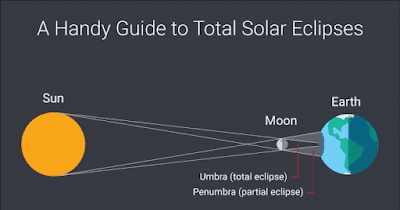So, here's why I haven't read many books so far this year: Because I've read fifteen volumes of Schlock Mercenary, a web comic turned graphic novel. Did I like it? Well, I'm on my fifteenth volume, so there you go.
In the very first strip Schlock joins, as you might expect, a group of space mercenaries called Tagon's Toughs. To paraphrase the old A-Team opening, if you've got the money--and if you can find them--you can hire Captain Kaff Tagon's army-for profit. But you won't have any trouble finding them, because they leave disaster in their wake.
Schlock, one of the few known carbosilicate amorphs in the galaxy, looks like nothing so much as a big pile of poo, and is very close to indestructible. He approaches his job with glee and loves nothing so much as dismantling anything and anyone he gets aimed at. When bad guys stand in his way, they usually end up blasted or eaten.
Meanwhile, the rest of Tagon's Toughs range from humans, to aliens of every type, to Earth animals who gained sentience. The company's biggest antagonists are also its biggest allies: Artificial Intelligences running ships and worlds, which communicate through avatars that mostly look like humans (although one resembles a super-cute koala).
Writer and artist Howard Taylor covers modern problems ranging from politicians to nanobots, using parody, satire, and just plain laugh-out-loud humor to deal with a violent universe that's always on the edge of blowing up--sometimes literally.
 |
Taylor himself admits to being weak on the artistic side when he first started out. But the art gets better, and the writing is on the money right from the get-go. He happily tackles just about every science fiction concept ever invented, hard and soft, and as the series goes on the challenges and players get bigger and bigger. Taylor's not afraid to kill off characters, and those that eventually come back do so in a convincing way--or at least, a way that may be possible in the future. It's clear the author has a good grasp on technology, even if he happily strays from known science for a story or a laugh.
Meanwhile--and this might be the most surprising part of Schlock Mercenary--Taylor gives us relatable, engaging characters along with the well-plotted stories. As the scale gets bigger and bigger, the characters change and grow and, as mentioned earlier, the art gets better.
Check out the strip or order the books here:
https://www.schlockmercenary.com/
You can click on "Schlock Mercenary Begins", which will take you to a redone version of the first strip, and below that is a link to the original strip. Did I mention the art gets better? It does.
And my stuff is here:
- Amazon: https://www.amazon.com/-/e/B0058CL6OO
- Barnes & Noble: https://www.barnesandnoble.com/s/"Mark R Hunter"
- Goodreads: https://www.goodreads.com/author/show/4898846.Mark_R_Hunter
- Blog: https://markrhunter.blogspot.com/
- Website: http://www.markrhunter.com/
- Instagram: https://www.instagram.com/ozma914/
- Facebook: https://www.facebook.com/MarkRHunter914
- Linkedin: https://www.linkedin.com/in/markrhunter/
- Twitter: https://twitter.com/MarkRHunter
- Youtube: https://www.youtube.com/@MarkRHunter
- Substack: https://substack.com/@markrhunter
- Tumblr: https://www.tumblr.com/ozma914
- Smashwords: https://www.smashwords.com/profile/view/ozma914
Remember: Reading keeps you from turning into a big pile of poo.





















